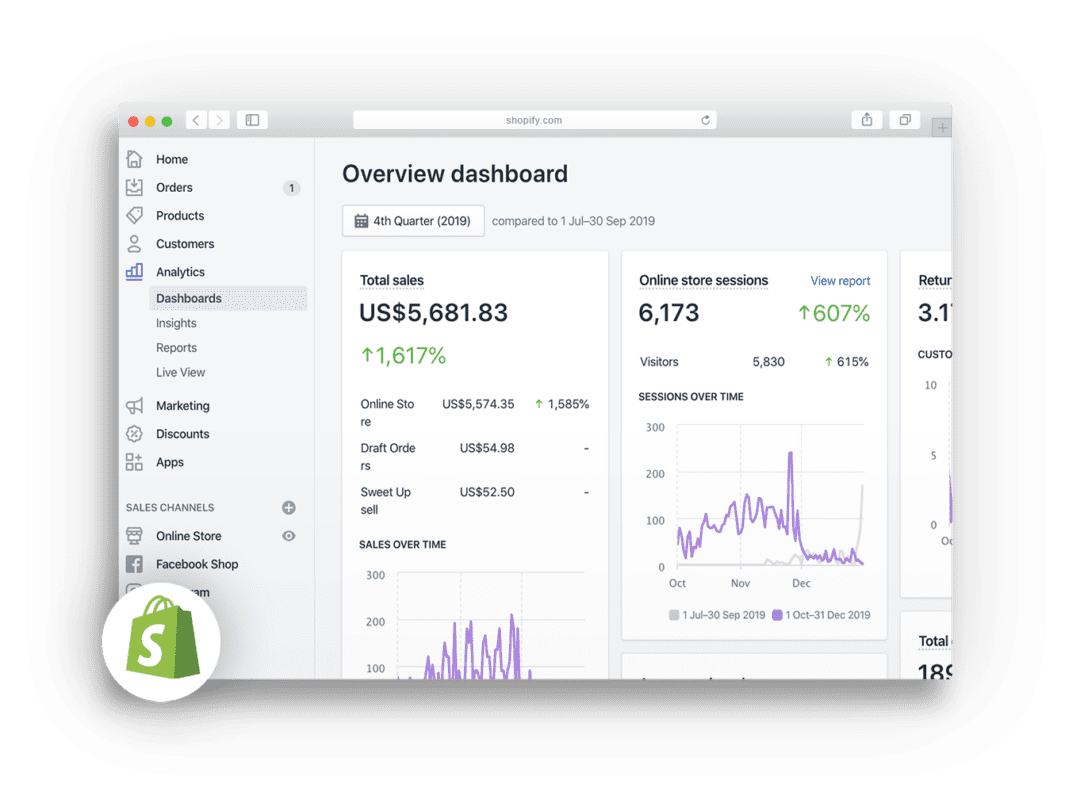A digital product idea on its own, no matter how great it is, is nothing if people don’t want to buy it. I’m sure we all have done this or at least know someone else who has. They’ve had a great idea, got excited about it, ran with the business and then spent a shed load of money on it, all for it to fail…
Now I’m not saying that is always going to happen, but for some, it will. So, how can we be sure that our idea is valid before we dive in headfirst? That’s where idea validation comes in.
A standard approach to idea validation is to build a minimum viable product (MVP) – a working example to test the market with. It’s a great idea, but one that still means you have to build something. Instead, we want to go a step further back, before an MVP and do a small amount of work to check if people are genuinely interested in the idea.
So for us, at Strafe, digital product idea validation looks something like this:
- Come up with a great idea
- Create a quick example or design concept
- Find your target audience
- Don’t ask them to buy it straight away, instead, ask them for their feedback
- If they like it and give good feedback, propose showcasing version 2 to them
- Go back and forth like this until you have a product worth building
- Run with it and build it
- Pre-order or sell it to the clients who showed interest
Although this idea validation process might appear long and your ideas might keep failing with no real progress being made, it’s better to fail quickly and cheaply. Saving you time, money and resources in failed investments.
Let’s review each stage in this process in more detail…
1. Come up with a great idea
This one is all you 😉.
2. Create a quick example or design concept
Nothing complicated needs to happen at this stage so, no coding or anything, and the concept doesn’t need to be perfect, a few slides in a presentation could be all you need. The general rule of thumb here is, people are visual so make your idea visual.
Rather than writing up a detailed brief or trying to explain it over the phone, a few simple visual concepts normally do the trick. We have also found that a short video with some basic animations that show how the user might interact with the product is all that is needed at this stage.
Of course, we know that this is work on your part, but it’s much quicker and cheaper than planning out every detail, designing the product in full and then continuing to build it. The key is to design something quickly that simply gets your message or idea across effectively so that you can get validation without too much effort upfront.
3. Find your target audience
It’s simple, get your idea in front of the people that need the product and present your concept to them.
There’s that old saying, why do people rob banks, simply put it’s because that’s where the money is. With this in mind, let’s try and keep it as simple as possible when looking for your audience. As this blog is about digital products, you can likely find your audience through the likes of Instagram or Product Hunt.
4. Don’t ask them to buy it straight away, instead, ask them for their feedback
Now, this really goes hand in hand with point 3, do not ask people to buy your product as part of your pitch, instead, explain it is an idea you’re working on and that you’d love to get their expert opinions.
People love to feel important and give back. Some of the feedback will be positive which is great, some might be negative and some might include ideas to make the product even better. To us, all feedback is good feedback as it will help you to create the perfect digital product eventually. Remember at this point we’re just trying to validate the idea.
5. If they like it and give good feedback, propose showcasing a V2 to them
People are invested now. If you are genuinely making changes based on their feedback, then keep them in the loop, they will want to know how the product is progressing as they start to feel vital in the process. As we have said before, we still aren’t building anything yet, this is all part of the planning.
If you are getting lots of interest then ask your audience which elements they see as being the most important, maybe ask them to rank the features in the order of what should be done first. it is key to show a willingness to improve the product and this could eventually lead to a sale.
6. Go back and forth like this until you have a product worth building
This one is back to you. It’s great if you are getting lots of feedback and the audience is really responsive to the concepts as this indicates that you have validated the idea and it’s time to crack on! However, if it’s slow going, with little feedback coming in or you are receiving unhelpful comments, then it’s time to decide whether you need to pull the plug.
7. Run with it and build it
Do as the title says, but don’t forget to keep everyone in the loop, let them know how it is going as you could even ask them to Beta test it when you are ready.
8. Pre-order or sell it to the clients who showed interest
Have a hunt around for the companies that you think could really benefit from your product and then throw a pitch their way. The important thing here is making sure they’re the right target audience, and then you want to get 200 messages out.
If no one replies or shows any interest immediately, follow up a couple of times, but after that, it’s time to bin it and move on to the next idea.
A key part of building digital products is discovery. It’s great that you’ve got a new and exciting idea for a product or business – but without idea validation how do you know if your users or target market actually wants it?
So, is digital product idea validation worth it?
Simply put, assumptions without evidence will lead to wasted time and money. We apply this mantra to the initial phases of our client’s projects and take the same medicine when developing ideas for our own ventures. It works for us and it’ll work for you too!
What’s your next step after validation?
Once you have got your digital product idea validation you need to move on to your MVP build. This is where you employ a team like ours, here at Strafe, to design and build your MVP.
Here are some more guides to help you understand that process a little better:
- What digital designers do – so you know where we fit into your overall build process
- What the SaaS design process looks like – important for giving you a roadmap to your MVP design process
Ready to take your validated digital product idea to the next stage? Drop your project details into our planner and we will be in touch to get the ball rolling.





